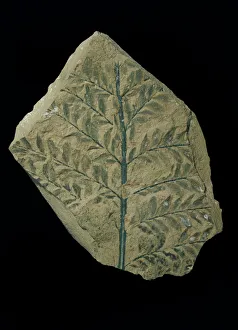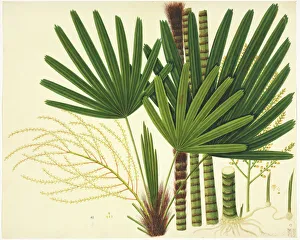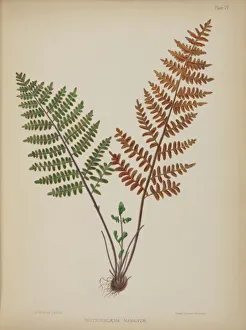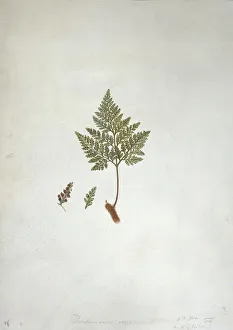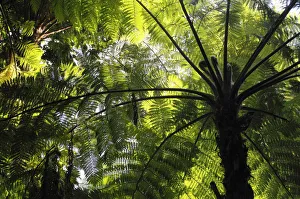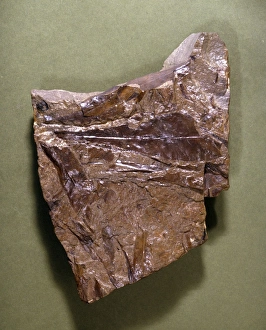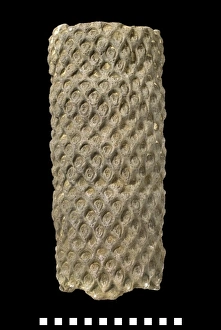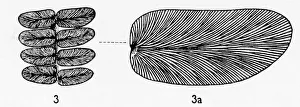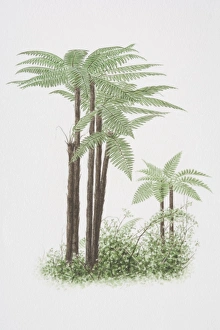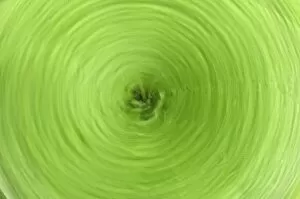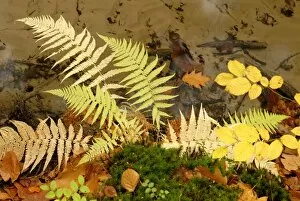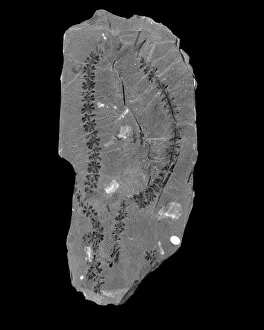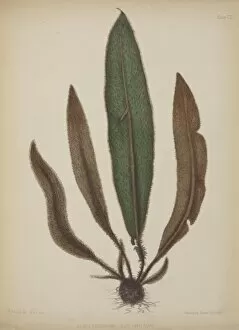Polypodiophyta Collection
Polypodiophyta, also known as ferns, are a diverse group of plants that have existed for millions of years
All Professionally Made to Order for Quick Shipping
Polypodiophyta, also known as ferns, are a diverse group of plants that have existed for millions of years. One fascinating example is the Archaeopteris hibernica, a fossil plant that provides valuable insights into the ancient world. Another remarkable species is the Common staghorn fern or Elkhorn fern (Platycerium bifurcate), which can be found in Australia and boasts unique antler-like fronds. The Licuala sp and Nothochloena marantoe are two other intriguing members of the Polypodiophyta family. The former showcases beautiful fan-shaped leaves while the latter exhibits delicate foliage with intricate patterns. In 1857, a Wardian case filled with various ferns became popular among botanists and enthusiasts alike, serving as miniature greenhouses to protect these exquisite plants. Nature never fails to surprise us; even red squirrels find delight in polypodiophyta. These adorable creatures can be seen standing between fern leaves or munching on them as part of their diet. The Davallia canariensis (L. ) Sm. , commonly known as hare's foot fern due to its furry rhizomes, adds another layer of uniqueness to this already diverse family. Seed ferns like Mariopteris muricata provide evidence of how they have evolved over time. With their distinctive fronds resembling seeds, they offer an insight into prehistoric flora. Meanwhile, the Soft tree fern or Tasmanian tree fern (Dicksonia antarctica) from Australia stands tall with its elegant appearance and lush green foliage. Even at close range, polypodiophyta captivate our attention - just look at the detail on a Frosted Sword Fern found in Olympia, Washington. Its frost-like texture gives it an ethereal charm that enchants any observer.

